Long before industrialisation and modern hunting, early human settlers were already having a dramatic impact on the natural world, often without realising it.
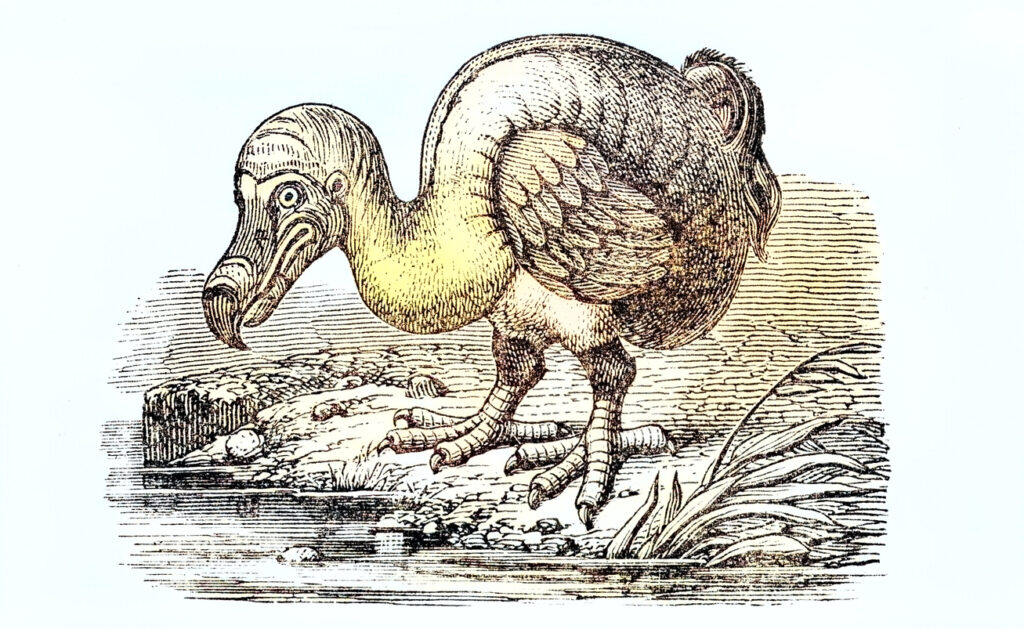
As people migrated to new lands, they brought fire, tools, and animals that reshaped ecosystems forever. Many species were wiped out simply because they weren’t used to humans and had no natural defences. Here are 13 extinct animals that vanished after early human arrival, usually by accident rather than intention.
1. The moa (New Zealand)
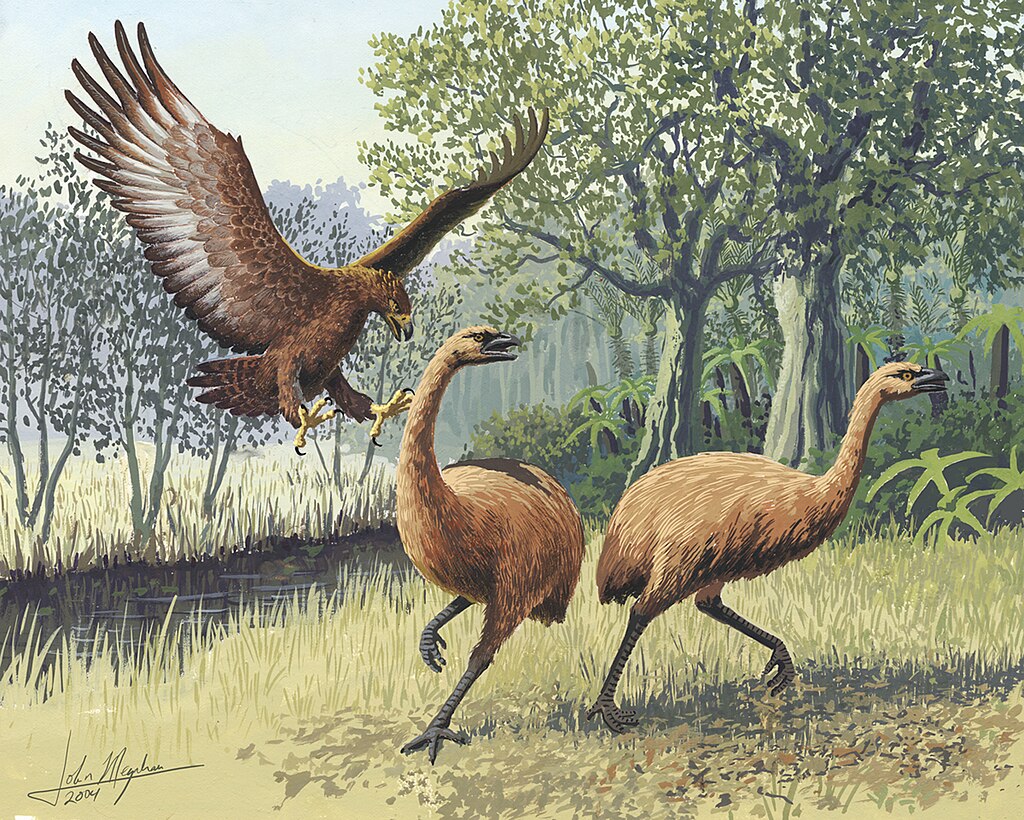
These flightless giants once roamed New Zealand, with some species standing over three metres tall. Moa had no natural land predators and had evolved without any need for fear—until humans arrived around 1300 AD. Early Polynesian settlers hunted them for food, and it didn’t take long before moa populations collapsed. With no real survival instincts against people and slow breeding rates, they were gone within a couple of centuries.
2. The Steller’s sea cow (Bering Sea)
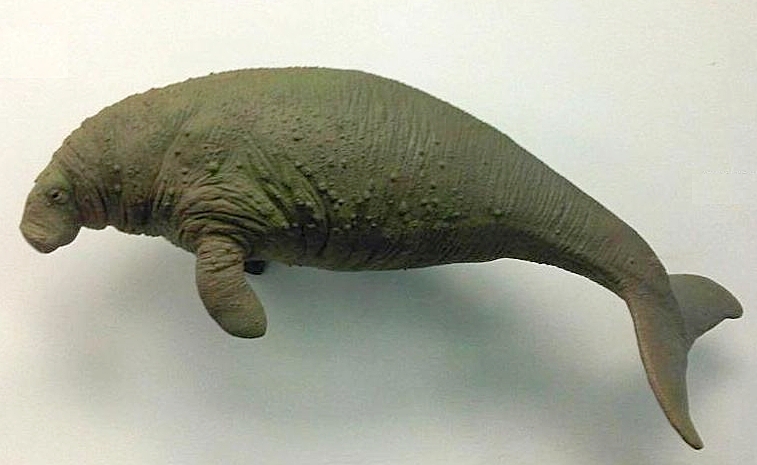
This massive, docile marine mammal was discovered in 1741 and wiped out just 27 years later. It lived in the cold waters around the Commander Islands and could grow up to nine metres long. Though it wasn’t hunted by early settlers in the traditional sense, the Steller’s sea cow was easy prey for starving sailors and fur traders who stumbled across it. It had no fear of humans and no way to escape—it was essentially a swimming buffet.
3. The dodo (Mauritius)
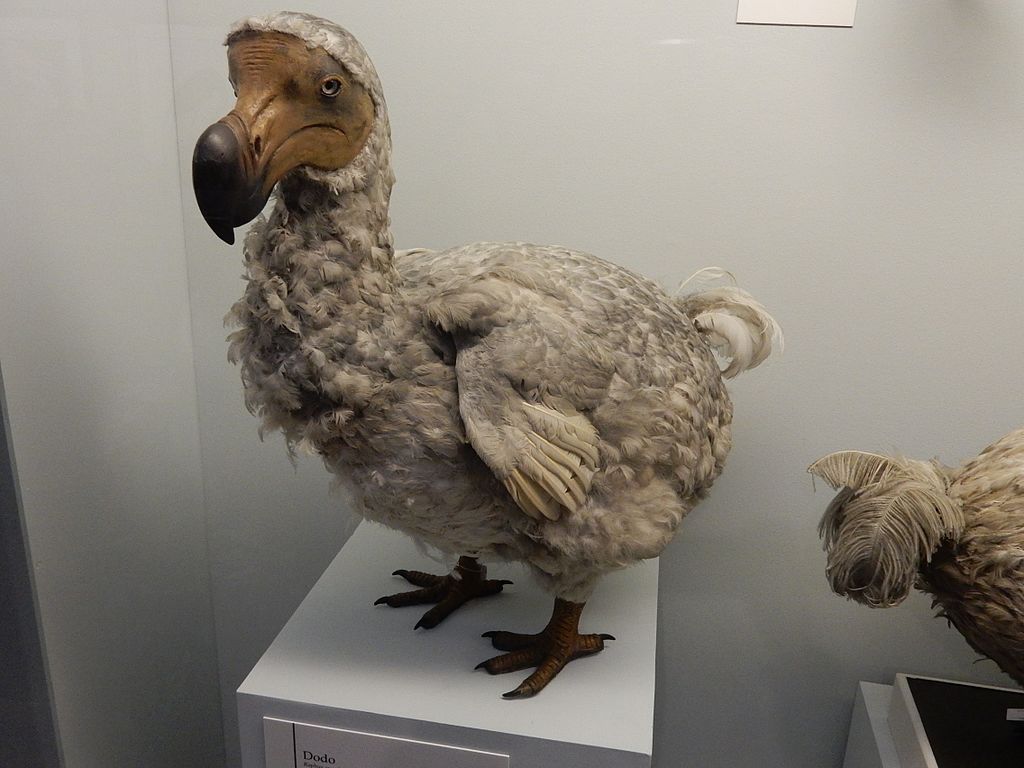
The dodo’s extinction is probably the most famous of all, but it wasn’t just due to direct hunting. When Dutch settlers arrived on the island of Mauritius in the late 1500s, they brought rats, pigs, and monkeys with them. These animals raided dodo nests, eating their eggs and causing population crashes. Add in a few hungry sailors, and it was a perfect storm for extinction. The dodo was gone by the late 1600s.
4. The great auk (North Atlantic)
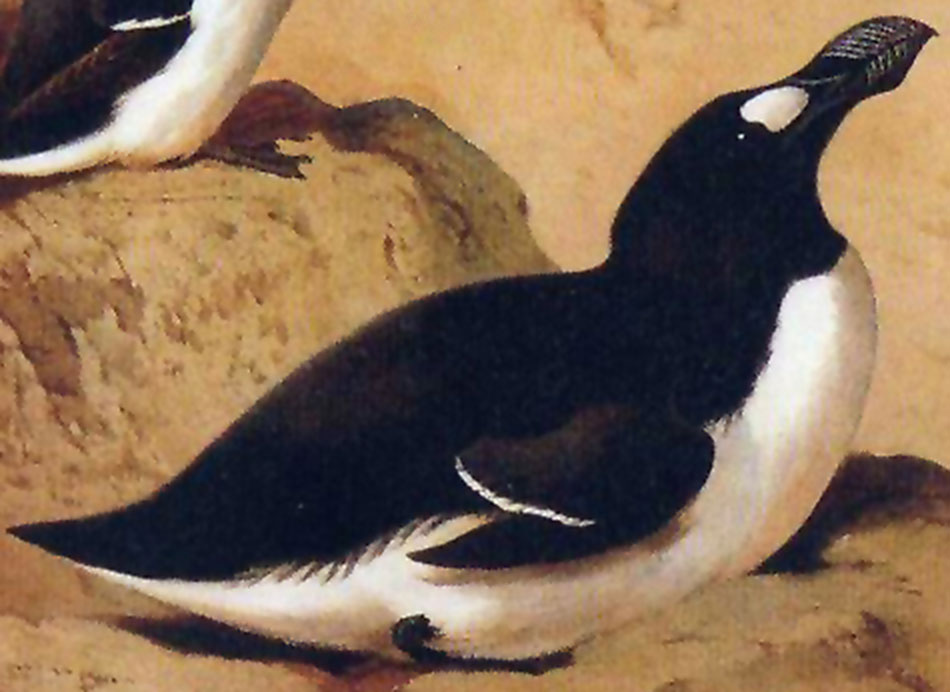
The great auk looked a bit like a penguin and lived across the North Atlantic, including parts of Britain, Iceland, and Canada. It was clumsy on land, nesting in large colonies and trusting its environment to keep it safe. Unfortunately, early European settlers found it incredibly easy to catch and kill. The birds were slaughtered for their feathers, meat, and oil, and their inability to flee meant they couldn’t recover fast enough.
5. The woolly mammoth (Northern Hemisphere)
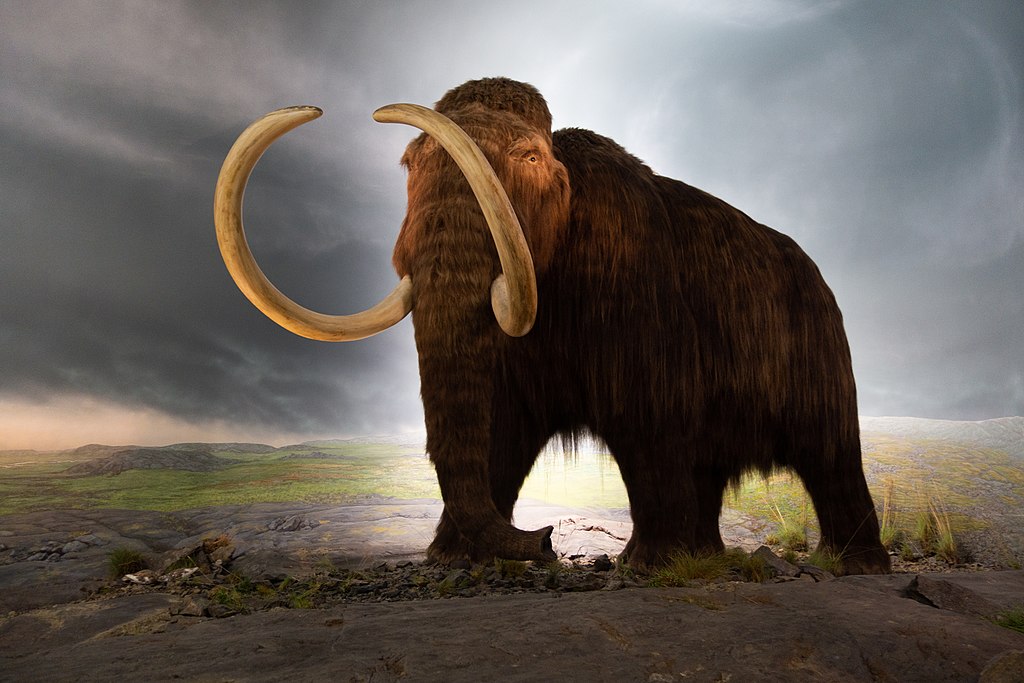
Woolly mammoths were already struggling with climate change toward the end of the last Ice Age. But the final blow came when early humans began moving into their territory. Hunting pressure, combined with shrinking habitats, meant the mammoth couldn’t keep up. Some of the last known populations were trapped on isolated islands, where even small-scale hunting tipped them into extinction.
6. The giant ground sloth (Americas)
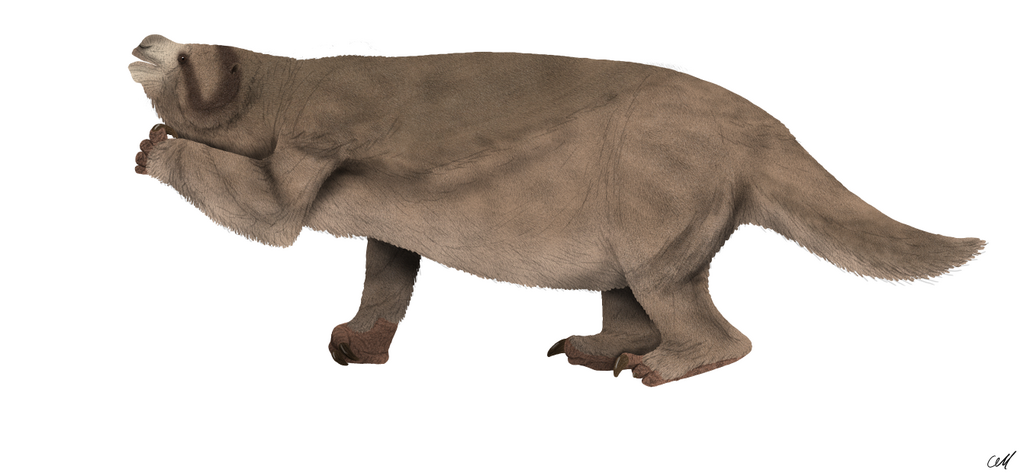
These enormous sloths roamed Central and South America and were the size of a small car. They were slow-moving and completely unused to predators—so when humans arrived, they didn’t stand a chance. It’s likely that early hunters followed their trails and easily took them down. Within a few centuries of human settlement, all species of giant ground sloth had disappeared.
7. The elephant bird (Madagascar)
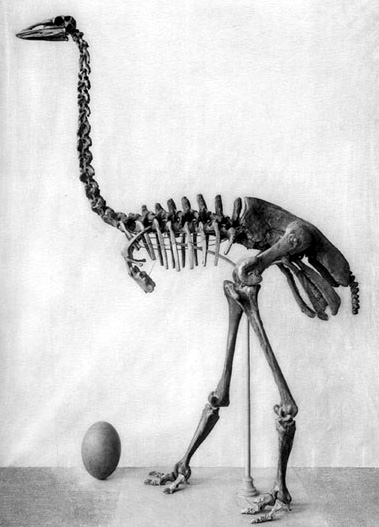
Weighing half a tonne and laying the largest eggs of any bird, the elephant bird once dominated Madagascar’s forests. It couldn’t fly and had few predators—until humans turned up about 2,000 years ago. Its eggs were easy targets, and its size made it a valuable source of meat. Gradual habitat destruction and egg hunting eventually pushed it to extinction around 1000 AD.
8. The thylacine (Tasmania)
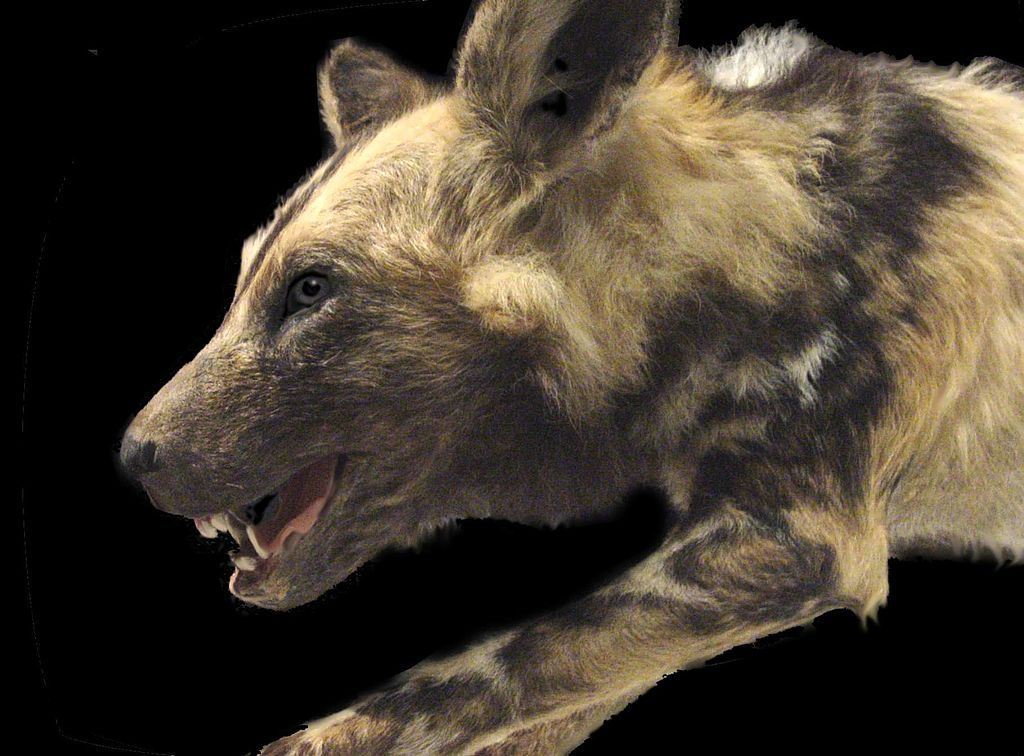
Also known as the Tasmanian tiger, the thylacine was a marsupial predator that disappeared in the 20th century. But its decline started much earlier, as European settlers expanded farming and brought dogs and disease. It was blamed—often wrongly—for killing livestock and was hunted to near extinction before the government tried to step in. By the time protection laws were introduced, it was already too late.
9. The Haast’s eagle (New Zealand)
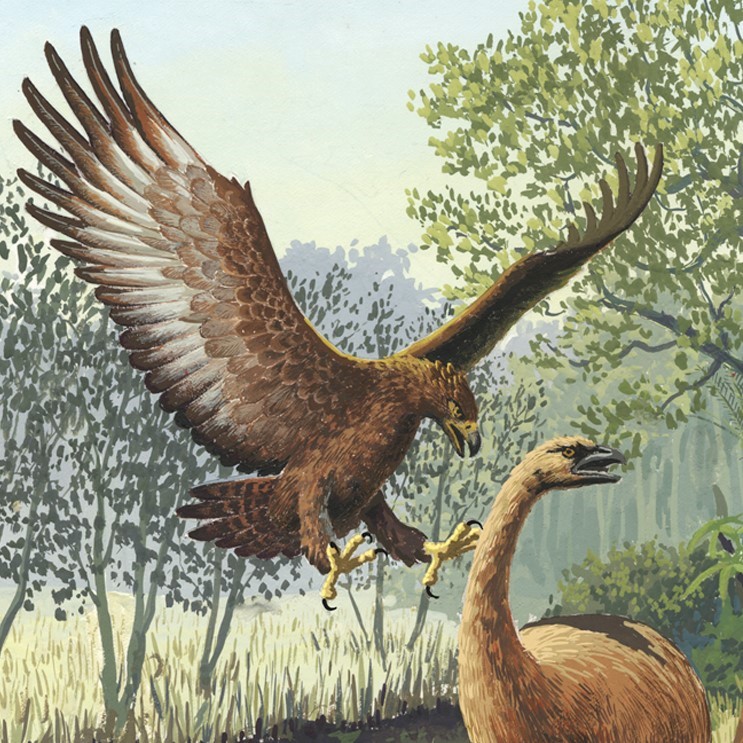
This bird of prey was once the apex predator in New Zealand, with a wingspan of up to three metres. It fed mostly on moa, so when humans wiped out the moa, the eagle had no food left. It didn’t take long for the eagle to follow its prey into extinction. This is one of the clearest examples of how removing one species can cause a domino effect across an entire ecosystem.
10. The Caribbean monk seal (Caribbean)

When early explorers and settlers reached the Caribbean, they found an abundance of friendly, slow-moving seals that had never seen people before. That didn’t last long. Hunted for their blubber and meat, and later pushed out by tourism and fishing, the Caribbean monk seal was officially declared extinct in 2008—though it likely vanished decades before that.
11. The pygmy mammoth (Channel Islands, USA)
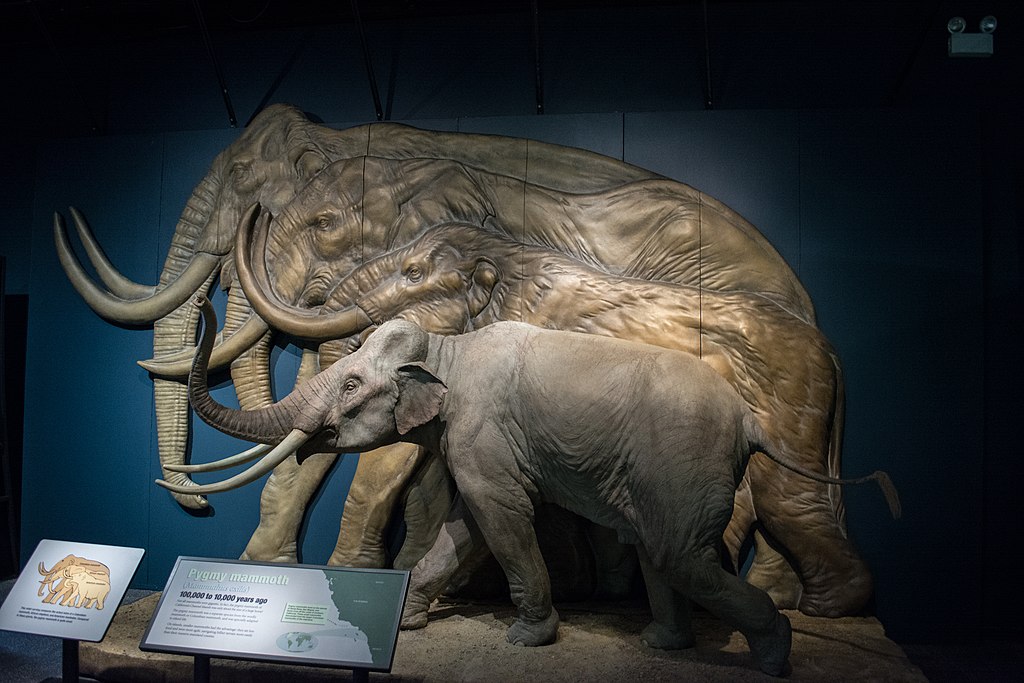
These miniature mammoths evolved on the Channel Islands off the coast of California. When humans arrived roughly 13,000 years ago, they brought fire and hunting tools, both of which the mammoths had never faced before. Due to their small population and limited range, it didn’t take much to push them over the edge. Their extinction happened soon after human settlement began.
12. The flightless rail (Pacific Islands)
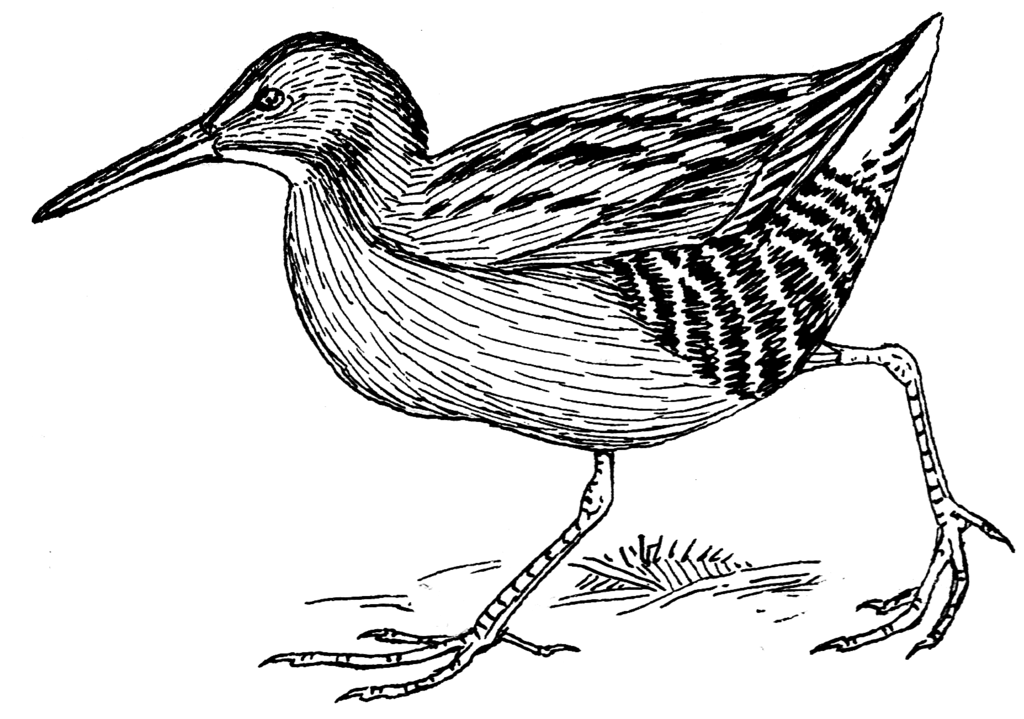
Hundreds of rail species once thrived on Pacific islands, many of which had lost the ability to fly due to a lack of predators. When Polynesian settlers began arriving, they brought dogs, pigs, and rats. The flightless rails were easy prey and their eggs didn’t stand a chance against invasive species. Dozens of these birds disappeared across island chains like Fiji and Hawaii, without anyone realising the scale of the damage at the time.